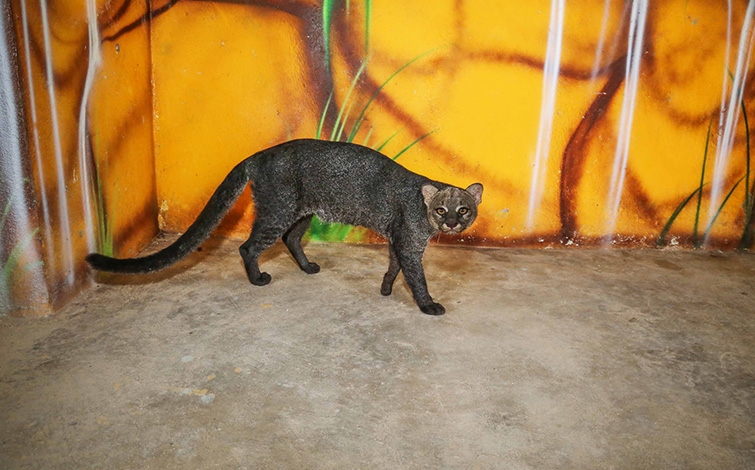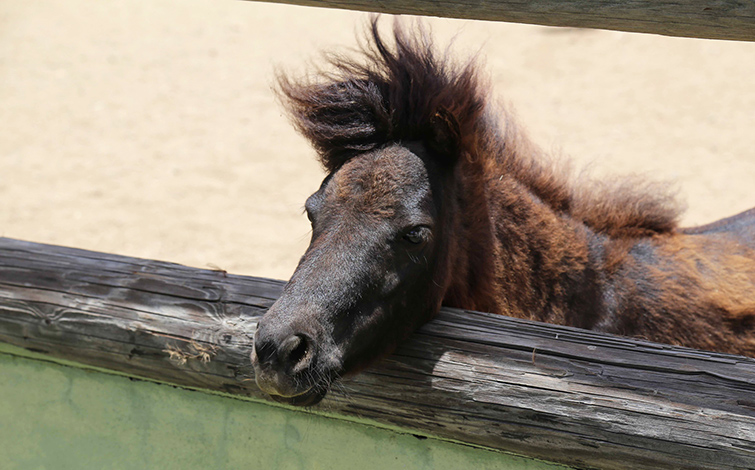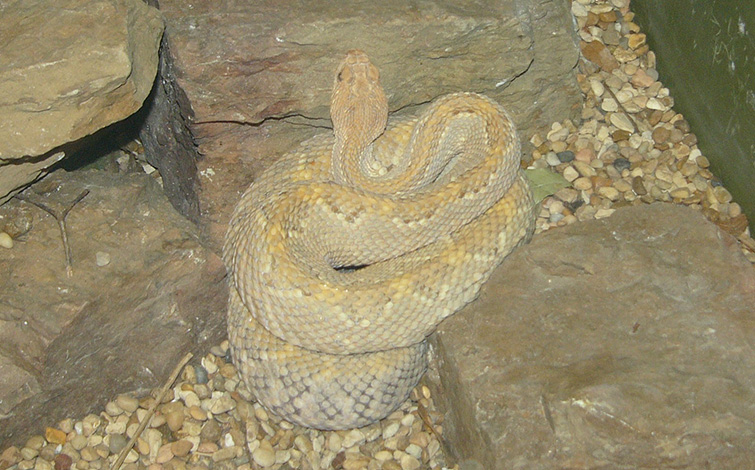Mule
A mule is the offspring of a male donkey and a female horse. Horses and donkeys are different species, with different numbers of chromosomes. Of the two F1 hybrids between these two species, a mule is easier to obtain than a hinny (the offspring of a male horse and a female donkey). The size of a mule and work to which it is put depends largely on the breeding of the mule’s dam. Mules can be lightweight, medium weight, or even, when produced from draught horse mares, of moderately heavy weight.
It has been claimed that mules are “more patient, sure-footed, hardy and long-lived than horses, and they are considered less obstinate, faster, and more intelligent than donkeys.” Mules are highly intelligent. They tend to be curious by nature. A mule generally will not let the rider put it in harm’s way One of the virtues of the mule is that a mule has the size and ground-covering ability of a horse, but is comparatively stronger than a horse of similar size and inherits the endurance and disposition of the donkey father. Mules also tend to be more independent than most other domesticated equines other than the donkey. Mules also tend to require less food than a horse of similar size.
A mule does not sound exactly like a donkey or a horse. Instead, a mule makes a sound that is similar to a donkey’s but also has the whinnying characteristics of a horse (often starts with a whinny, ends in a hee-haw). Sometimes, mules whimper. The coats of mules come in the same varieties as those of horses.
- Weight: 370-460 kg (820 – 1.000 lb)
- Height: +/- 54 inch
- Diet: variety of vegetation
- Lifespan: 30 to 50 years
- Gestation: 12 months
- Littersize: 1-2







